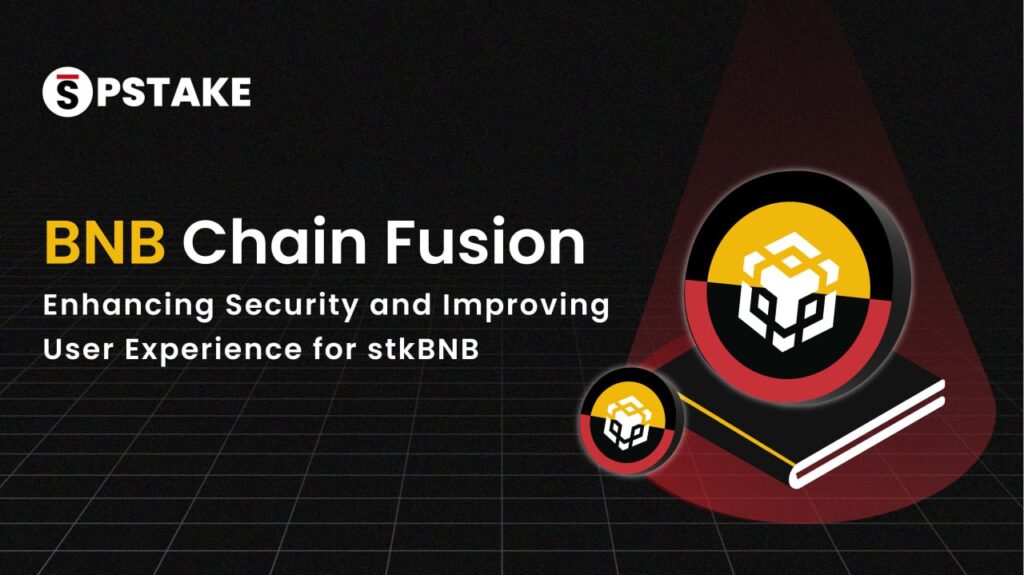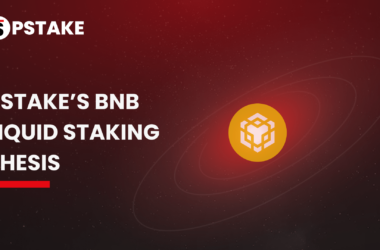This article aims to introduce some of the most important stakeholders within the pSTAKE ecosystem – the validators. You can read more about the various pSTAKE ecosystem stakeholders here.
pSTAKE’s architecture mirrors the underlying PoS protocols as closely as possible, hence pSTAKE has partnered with some of the best-performing and most-reputed validators currently securing the relevant underlying networks.
pSTAKE validators participate in the pSTAKE ecosystem in two main ways:
- Securing Delegations
pSTAKE stakes the deposited native tokens with the set of safelisted validators in equal proportion. This distribution can be updated through governance later. If ‘n’ validators are safelisted, each validator will have a delegation of (total pTOKENs staked / n).
- Securing pBridge
pBridge is the bridge between several blockchains, which currently powers pSTAKE. pBridge is an MPC (multi-party computation) bridge, where all the transactions are collectively signed by the bridge validators, and later broadcasted on the Tendermint or Ethereum sides. Validators can also disable the transaction broadcast if they sense an incorrect transaction/transaction bytes requested for signatures.
Below is the list of pSTAKE validator partners ensuring decentralisation and the utmost security of pSTAKE by securing both the delegations and pBridge:
About Persistence Bridge (pBridge)
pBridge is the bridge between several blockchains, which currently powers pSTAKE. This unique bridge enables transfer of value between multiple disparate blockchains such as Ethereum, Cosmos, Persistence etc.
pBridge ensures that transactions originating at the pSTAKE application end (on Ethereum), pertaining to staking, unstaking, reward redemption, etc. are instantaneously executed at the protocol end of the native chain (e.g. Cosmos). This enables seamless execution of PoS protocol transactions of native chains such as Cosmos, remote controlled from Ethereum smart contracts. You can read more about the characteristics of pBridge here.
About pSTAKE
pSTAKE is a liquid staking protocol that unlocks liquidity for your staked assets. With pSTAKE, you can securely stake your Proof-of-Stake (PoS) assets, participate in protocol improvements and security to earn staking rewards, and receive staked underlying representative tokens (stkASSETs) which can be used to explore additional yield opportunities across DeFi.
At present, pSTAKE supports Binance Chain (BNB), Cosmos (ATOM), Persistence (XPRT), and Ethereum (ETH) networks’ native tokens, with a view to support more chains and assets in the future (SOL, and AVAX).
Developed by Persistence
Persistence is a Tendermint-based, specialised Layer-1 network powering an ecosystem of DeFi applications focused on unlocking the liquidity of staked assets. Persistence facilitates the issuance and deployment of liquid-staked stkASSETs, allowing users to earn staking rewards while participating in DeFi primitives, such as lending/borrowing and liquidity provisioning on DEXs.
Persistence aims to offer a seamless staking and DeFi experience for PoS (Proof-of-Stake) users and enable developers to build innovative applications around stkASSETs.
Join Our Movement
Twitter | LinkedIn | Telegram | YouTube | Reddit | [email protected]










